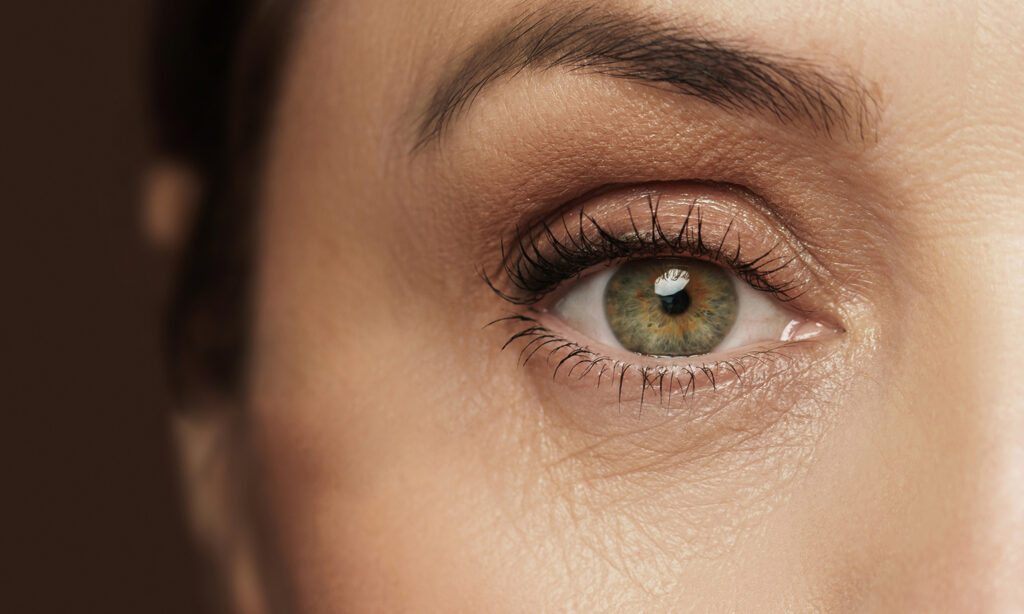Depression is a common problem in the modern world where most people feel overwhelmed with work, personal life, and other responsibilities. According to the American Psychiatric Association, it is estimated that 19.4 million adults in the US have experienced at least one major episode of depression in their lifetime. The most typical signs of depression are a lack of interest in daily activities, weight gain or loss, excessive sleeping, insomnia, guilt and worthlessness, and in some severe cases, suicidal ideation.
EMDR (Eye Movement Desensitization and Reprocessing) therapy is a neurobiological technique that can help treat these symptoms by healing traumatic events, negative beliefs, emotions, childhood memories, and body sensations. It works with the existing healing networks within the human body.
How EMDR Works
EMDR uses eye movements along with therapy advice to assist you in processing traumatic memories. Typically, therapists will approach this type of therapy by first asking about your mental health and assess your current relationship with depression and how it’s impacting your life. With this approach, they strive to individually cater the EMDR treatment to your needs. Additionally, they give you coping skills to deal with the intense emotions that are likely to surface during treatment.
The therapist will then ask you to bring up a painful memory from the past during the session. They will pass a finger, pen, or another similar object back and forth in front of you as they lead you through the memory. As you allow yourself to feel the feelings brought on by the memory, your eyes follow the item.
Tracking the finger enables your brain to reprocess the traumatic experience, much like during REM sleep. This type of therapy is an effort to gradually heal your pain to the point where it stops being a trigger for you after consistently doing EMDR with your therapist.
Is EMDR suitable for you?

Depending on the depression you have and what set it off in the first place, EMDR may or may not suit you. EMDR therapy in Phoenix has little to no side effects for most patients, which is a significant advantage over alternatives. Therefore, EMDR is a safe treatment that might be worthwhile if you think it might help with your depression symptoms.
What is unique about EMDR?
The fact that EMDR involves less verbal processing is one aspect that sets it apart from other therapies. EMDR therapy works by triggering your body’s natural capacity for psychological recovery. When this occurs, you are given the space to digest your feelings and thoughts without actually discussing them.
If you’ve gone through anything that’s too painful for you to talk about, this can be helpful. This does not mean that there will be no conversation. During EMDR, speaking is more constrained, and you employ the free association technique.
Why is EMDR therapy used?
EMDR alters the ideas, feelings and actions that follow a past trauma in the patient’s life.
The functioning of the human mind depends on the structure of the brain Millions of brain cells communicate within the structure. It’s especially true for passages that ask you to use your senses and memory. The collaboration between those locations is made faster and simpler by the brain network. Therefore, your feelings can recollect vivid memories, including scenes, sounds, feelings, fragrances and tastes.
How long does EMDR therapy take to work?

Your particular situation will always influence how long therapy will take to work. You might experience the benefits of EMDR therapy more quickly if you’ve been in treatment for a while. If you are receiving the therapy for the first time, it could take a little longer to get ready for work. A basic guideline is that it will take at least 10 to 12 sessions for EMDR therapy to take effect.
There are 5 phases in EMDR therapy:
- Fetching the history of the patient’s life experiences
- Preparing the patient to work on past experiences
- Accessing the selected experience or memory
- Treatment (desensitization, reaction, installation, closure)
- Revaluation of previous steps
How long do EMDR benefits last?
The goal of EMDR is not to treat depression temporarily. Benefits are anticipated to be long-lasting for most people because it aims to treat the underlying cause of depression. Because depression can have a variety of origins and levels of trauma, some people’s experiences may differ.
After 20 sessions of therapy, 88% of patients in one trial using EMDR as a long-term depression treatment showed significant improvement. Three months after the therapy sessions concluded, there was a follow-up with the patients, and every single one of them kept up their gains.
Another study indicated that 68% of individuals with long-term depression completely recovered from their symptoms after receiving EMDR therapy, and this benefit persisted a year later.
Depression Following EMDR

After an EMDR session, some people do experience side effects. Patients are more prone to experience triggers during therapy because emotions are elevated. One short study revealed that some EMDR patients were prone to experience depressive episodes, vivid nightmares, and dizziness. It is up to the patient whether they wish to continue receiving therapy because these side effects are an expected component of the process. It will often be highly advised to complete the course of treatment.
Consult an EMDR Professional
To learn more about the therapy and determine whether it would be the best care for you, you can contact a therapist who offers EMDR treatment. Consult a specialist before opting to undertake EMDR therapy. It’s a good idea to consult with other professionals before beginning any treatment.
EMDR therapy in Phoenix is available to help people heal from traumatic life experiences

